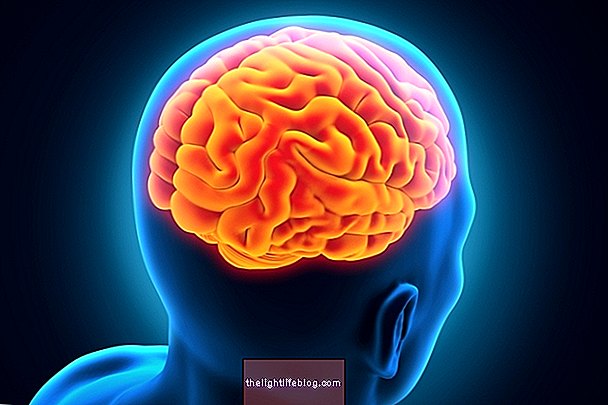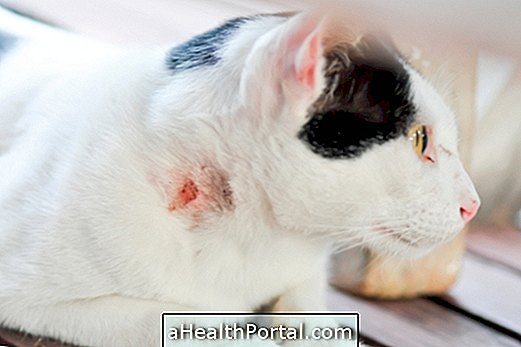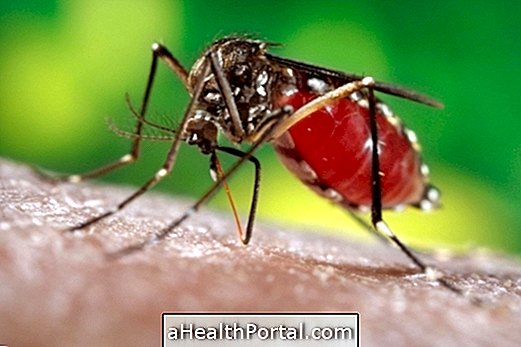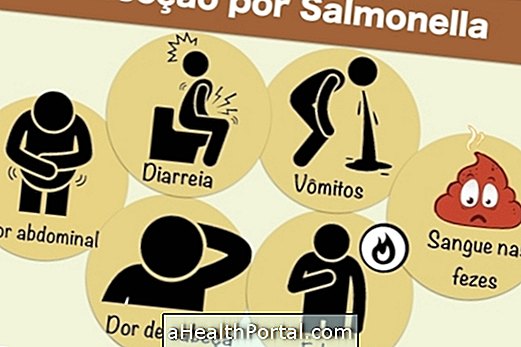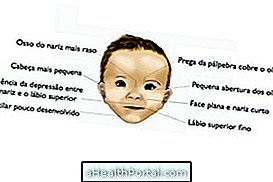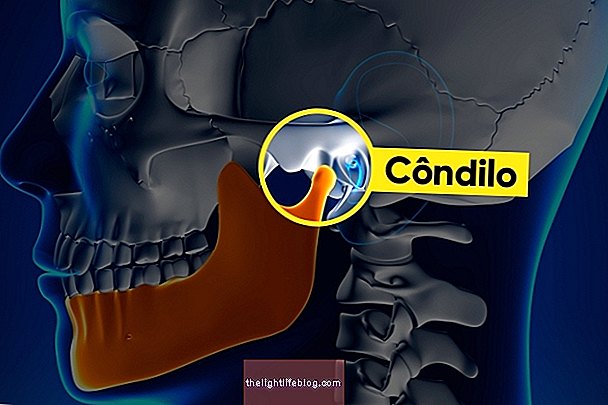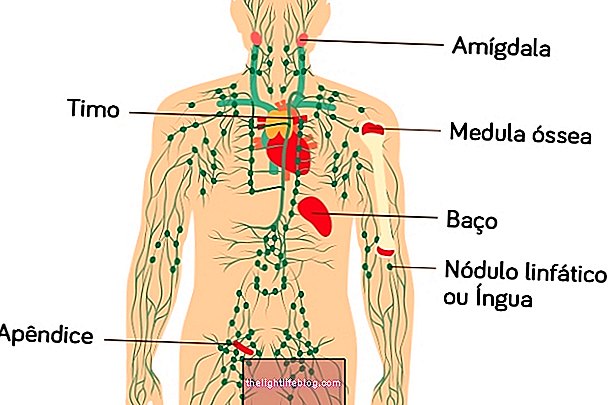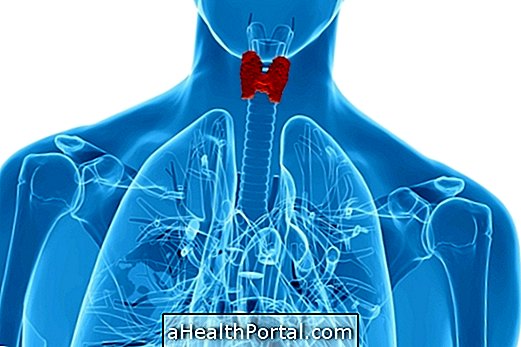Pfeiffer's syndrome is a rare disease that occurs when the bones that form the head are united earlier than expected in the first weeks of gestation, which leads to the development of deformities in the head and face. In addition, another characteristic of this syndrome is the union between the little fingers of the baby's hands and feet.
Its causes are genetic and there is nothing that the mother or father did during pregnancy that can cause this syndrome but there are studies that suggest that when the parents became pregnant after the 40 years of age, the chances of this disease are greater.
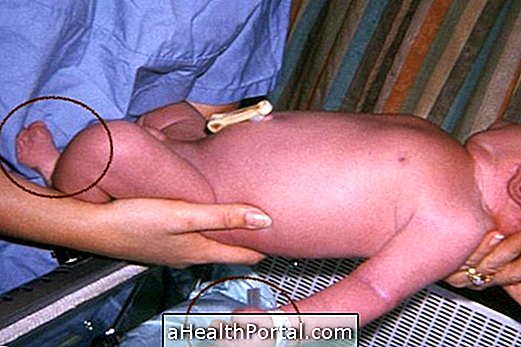
Types of Pfeiffer Syndrome
This disease can be classified according to its severity and can be:
- Type 1: It is the mildest form of the disease and occurs when the bones of the skull are united, the cheeks are sunken and there are changes in the fingers or toes but usually the baby develops normally and his intelligence is maintained, although they can deafness and hydrocephalus.
- Type 2: The head is in the shape of a clover, with complications in the central nervous system, besides deformity in the eyes, fingers and in the formation of the organs. In this case the baby has a fusion between the bones of the arms and legs and therefore can not present well defined elbows and knees and usually there is mental retardation involved.
- Type 3: It has the same characteristics as type 2, however, the head is not in the shape of a clover.
Only babies born with type 1 are more likely to survive, although several life-long surgeries are required, while types 2 and 3 are more severe and generally do not survive after birth.
How the Diagnosis is done
The diagnosis is usually made shortly after birth by observing all the characteristics that the baby has. However, during ultrasound the obstetrician may indicate that the baby has some syndrome so that the parents can prepare. It is rare for the obstetrician to indicate that it is Pfeiffer's Syndrome because there are other syndromes that may have similar characteristics as Apert Syndrome or Crouzon Syndrome, for example.
The main features of Pfeiffer's syndrome are the fusion between bones that form the skull and changes in the fingers and toes that may manifest through:
- Format of the oval or asymmetric head, in the shape of a 3-leaf clover;
- Flattened small nose;
- Obstruction of the airways;
- The eyes may be very prominent and far away;
- Thumbs too thick and turned inward;
- Dedão of the foot very far from the others;
- Toes attached through a thin membrane;
- There may be blindness due to enlarged eyes, their position and increased eye pressure;
- There may be deafness due to poor formation of the ear canal;
- There may be mental retardation;
- There may be hydrocephalus.
Parents who have had a baby like this may have other children with the same syndrome and it is therefore advised to go to a genetic counseling clinic to learn more about the chances of having a healthy baby.
How is the treatment?
Treatment for Pfeiffer's syndrome should begin after birth with some surgeries that may help the baby develop better and prevent loss of vision or hearing if there is still time to do so. Usually the baby who has this syndrome undergoes various surgeries on the skull, face and jaw to decompress the brain, reshape the skull, better accommodate the eyes, separate the fingers and improve chewing.
In the first year of life it is advisable to undergo surgery to open the skull sutures so that the brain continues to grow normally without being compressed by the bones of the head. If the baby has very prominent eyes one can perform some surgeries to correct the size of the orbits in order to preserve the vision.
Before the child reaches 2 years of age, the doctor may suggest that the teeth be evaluated for possible surgery or use of teeth alignment devices, which are essential for feeding.






